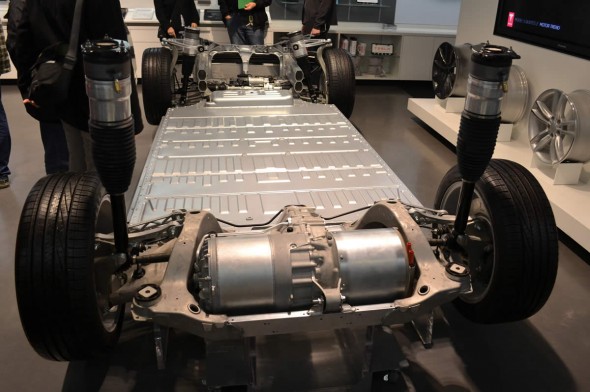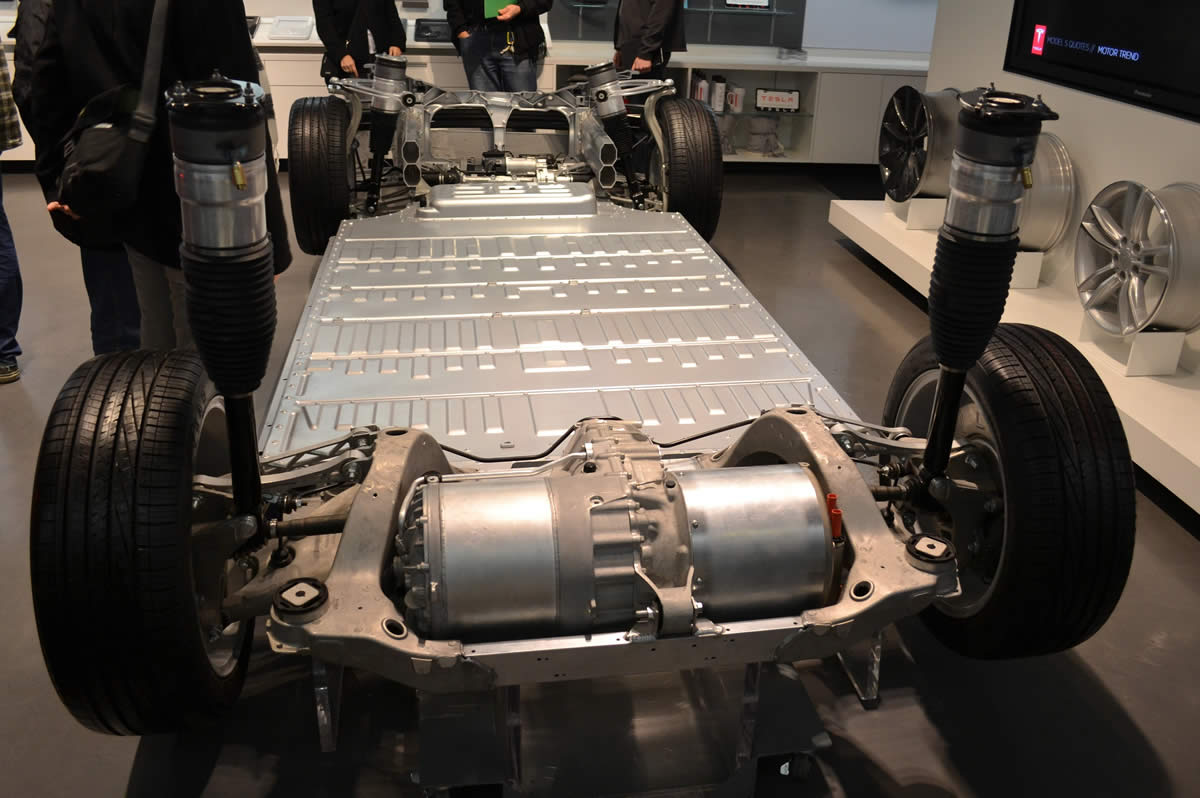
Automobile technology is developing faster than ever as cars become safer, easier to drive and more and more intelligent. Here we look at five technologies that are set to change our driving experience forever.
Driverless Technology
Driverless technology is, in some forms, already with us. Anti-lock brakes for instance, are actually an example of driverless technology. Traction and stability control are other forms.
However, driverless technologies are set to become much more advanced in the coming years. Pre-safe systems are becoming more and more common, with the car anticipating accidents and preparing accordingly.
Adaptive cruise control will not only maintain a constant speed but will also keep a safe distance from the cars in front, adjusting its speed as necessary. We can expect to see cars than can park themselves and eventually, it is not too much of a fantasy to imagine cars that will actually do virtually all the driving for us.
Digital Interiors
Car interiors are one of the fastest moving areas of automobile technology. In our digital age, people expect a state-of-the-art interior to match their iPhones, tablets and mobile phones.
In just a few years time, features such as voice-control will be standard with new cars, especially as we become more and more concerned about the dangers of driver distraction.
We should also expect to see digital control pads on headrests which are used to control features of the car such as adjusting the seats and climate and generally improve the driving experience.
Electric and Hybrid Vehicles
Electric and hybrid vehicles are currently too expensive for many pockets. But with the urgent need to control carbon emissions plus the ever decreasing stock of oil, the manufacturer that can provide the first truly affordable electric or hybrid car will surely make a fortune.
Research shows that people aren’t hostile to the idea of hybrids or EVs in principle but that the savings they make aren’t justified by the high price tag. We should expect the range of electric vehicles (which is currently far too low to be viable for many drivers) to increase dramatically in the coming years.
We may also see the rise of alternative technologies such as hydrogen cells for the domestic car market.
KERS
KERS, stands for Kinetic Energy Recovery System and the system is now standard in Formula One cars. It is such an effective yet simple technology that it can only be a matter of time before it is standard in road cars.
It works by recovering some of the vehicle’s kinetic energy when the brakes are applied. This recovered energy is then stored in a battery or flywheel to be used later when the accelerator is pressed.
KERS can save fuel and increase efficiency and/or be used to increase the performance of a vehicle.
Currently, KERS systems are relatively heavy but we should expect the technology to improve in the coming years which will make it an even more effective addition to the modern automobile.
Advanced Sensors
Parking sensors make parking so much easier but current systems can be a little flaky. We should expect cars in the near future to be fitted with 360 degree sensors that are 100% reliable.
Such sensors will also be needed for use in driverless technologies such as adaptive cruise control and in pre-safe systems.
[Photograph by Oleg Alexandrov]

